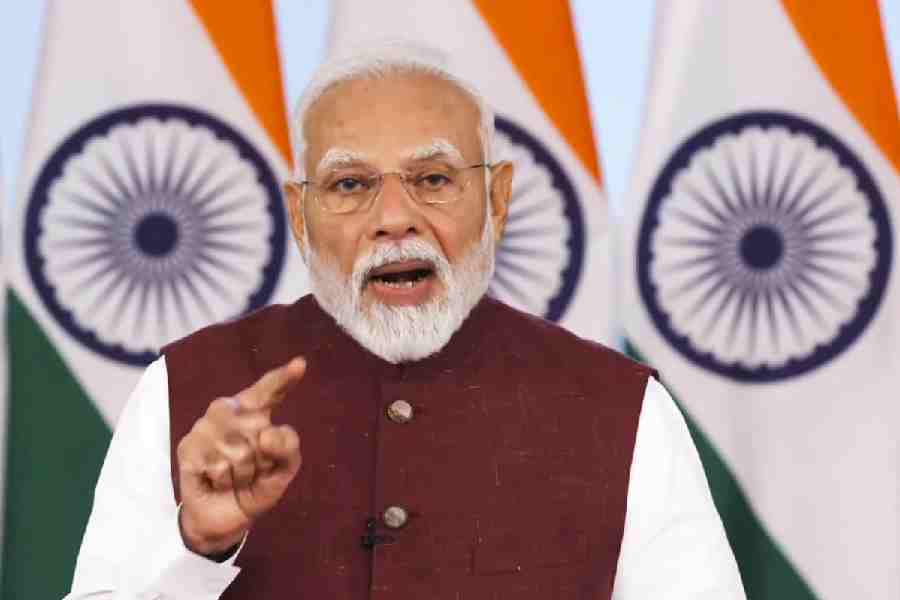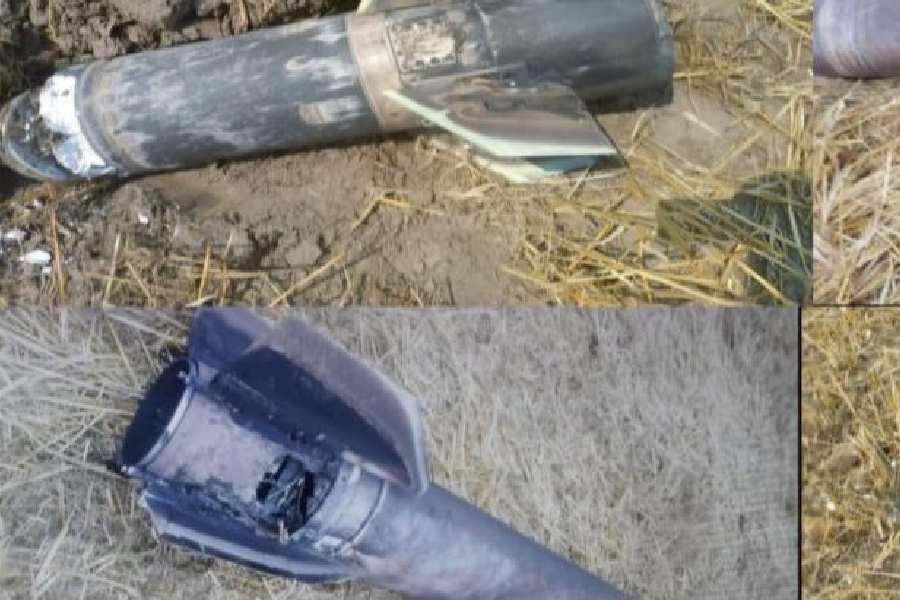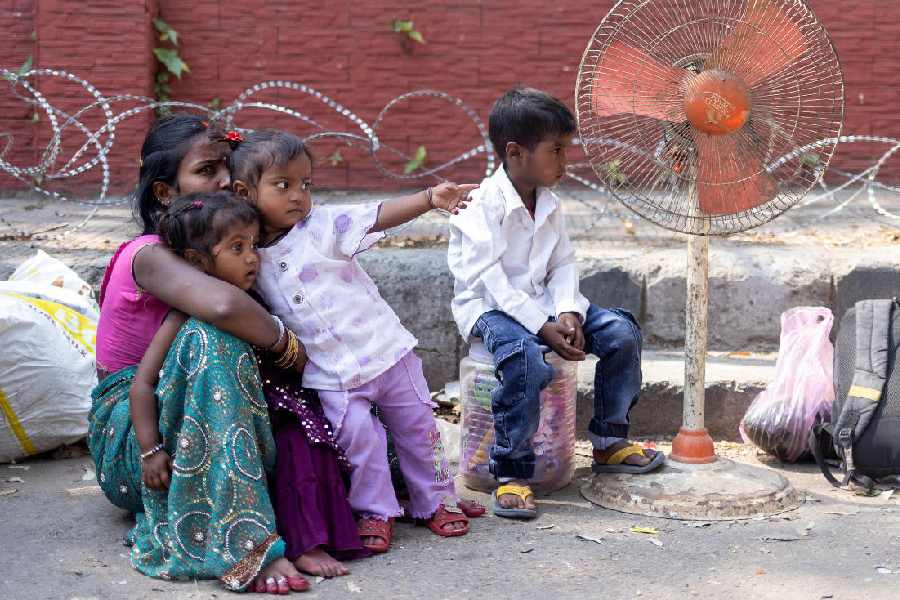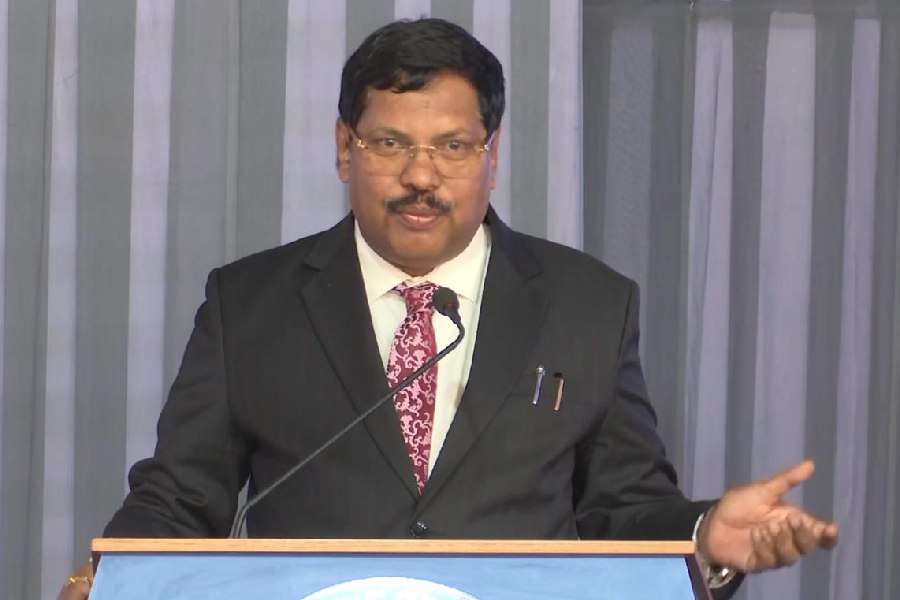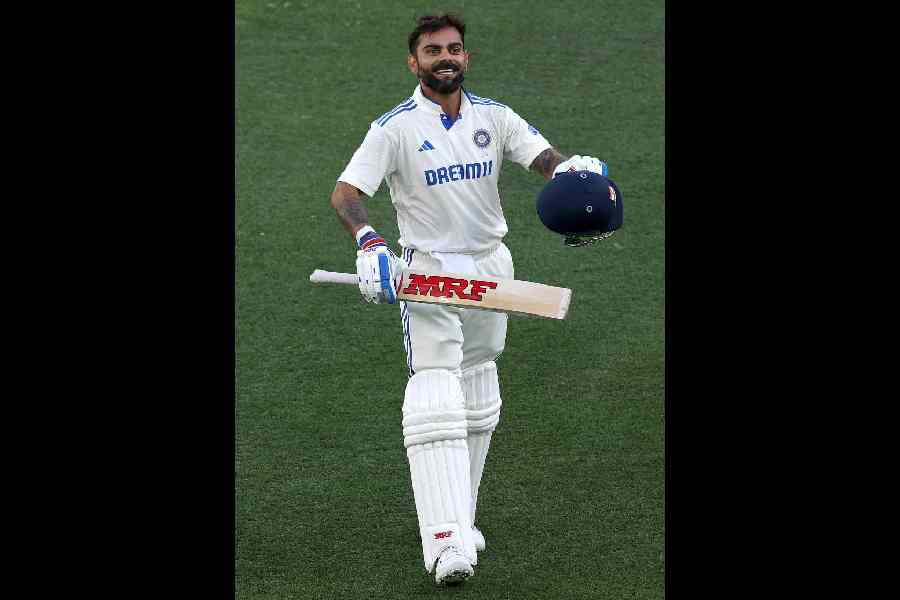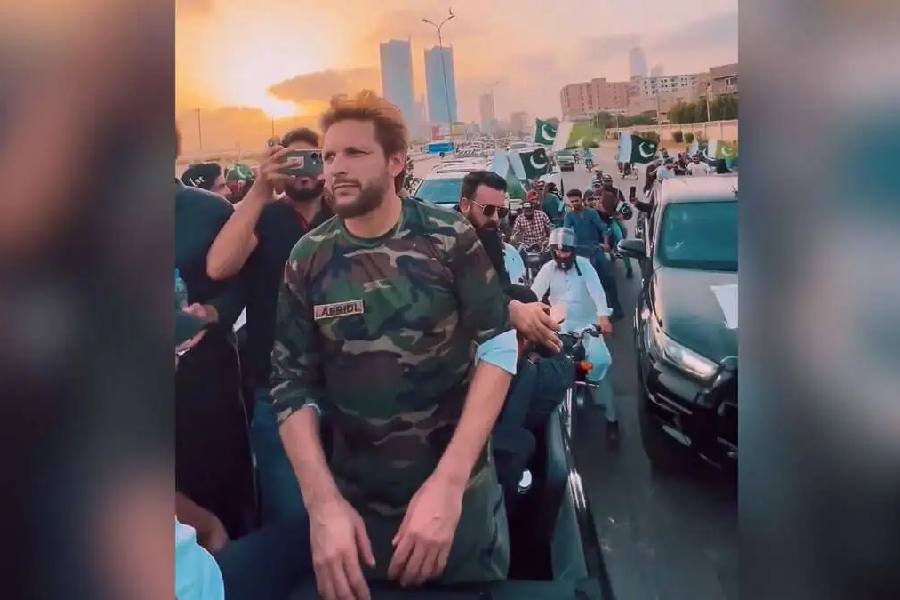 |
| Salman Khan and Katrina Kaif in Ek Tha Tiger |
In 2002 when you had come to Calcutta, you were crazily into still photography. A decade later you are one of the most-sought-after DoPs in Mumbai. How?
Yes, I did a lot of still photography after I passed out from MCRC Jamia. Before that I had not touched a professional still camera. In fact as a kid I was only allowed to hold the leather cover of the camera. My father used to do a lot of still photography. After Jamia I did a lot of commercials and television — India’s Child Genius, Mastermind India, Bhanwar, etc.
I shot my first film with Ram Gopal Varma called Contract, which didn’t do well at all. Kabir (Khan) and me are from the same institute — MCRC Jamia. He is a batch senior to me. He called me one day and said: ‘Why don’t you shoot my film? It’s your kind of film!’ And I said, ‘Wow, sounds great!’ So, I shot New York in 2008. After that I started shooting films one after another.
You have quite a chemistry going with Kabir...
I think that’s because Kabir and I share similar sensibilities. We have similar stands on socio-political issues, on photography. It’s quite non-verbal. We don’t discuss much on the sets. We both know what we are doing.
After New York, you made a splash with Once Upon a Time in Mumbaai. How tough was it getting that time and space right on camera?
Capturing that era of Mumbai, which was very different from today’s Mumbai, was the challenge. I tried doing that with lighting. Also, I will give a lot of credit to the production design, the music, the writing and the direction. It was a very tough film to execute. In fact, if you observe carefully, the two actors are shot in different ways. Emraan Hashmi with a little iffy camera movement and Ajay Devgn with static, solid frames. When the equation changes, the camera movements also change.
Thereafter you shot two movies with Tigmanshu Dhulia. How was he different from the other filmmakers?
Tigmanshu Dhulia is a content-heavy person. Extremely intelligent, with a great sense of humour. We had a great time shooting Paan Singh Tomar. He is very passionate about cinema, art, literature. He loves to move the camera. We had long discussions on the film initially, largely to get acclimatised to each other. On most of the occasions the discussions went beyond just shot taking! Everything from the army to the baaghi, from Bergman’s Autumn Sonata to Shekhar Kapur’s Bandit Queen, from athletes to cricketers, from beer to vodka! We discussed a lot about the camera, whether to shoot it on 16mm or go with the digital format. We had similar discussions on Saheb Biwi Aur Gangster later! I still think shooting on 16mm was a good call. Largely because of the budget constraints but it worked really well for the film!
From the skyscrapers of New York to the ravines of Paan Singh Tomar, it couldn’t have been easy...
It was challenging to switch myself creatively. From the cool tones of the streets of New York to the overpowering landscape of the Chambal Valley. But I have not seen a place as robust and accepting as Chambal. It was a very interesting experience. I was quite familiar with the visual language of Paan Singh Tomar since I have shot and directed documentaries there in the past. Once you know the landscape, you start falling in love with the dry, dusty Chambal; for me it was like having an affair, poetry in its purest form. Paan Singh Tomar is my most passionate work till now, shot on Super 16mm. Shooting on 35mm would have made it very sharp and not made it look simple and pure, as the film turned out to be.
How was it shooting Irrfan Khan?
My equation with Irrfan worked brilliantly for the film. I don’t watch too many films, so I have no pre-conceived references layered in my subconscious before starting work on a new film. But yes, I love to paint and cook! Hence comes clarity on visual language and the route I have to take to capture Irrfan as a young soldier and Irrfan as a baaghi. One looks for details all along the journey; I enjoy it! I like looking at those flies and bees trapped in a box full of pethas. I mean such images can have major subtext in the film. Over that, Irrfan being deeply involved with the character throughout the filming turned out to be like capturing the moment! It was like shooting the real hero Paan Singh Tomar.
 |
| Aseem discussing shots with Irrfan in Paan Singh Tomar |
Paan Singh Tomar at one end and Ek Tha Tiger on another, do you have to adapt to the changing budgets as a DoP?
To me, cinematography is an art. Every film that I picked up or was given had a certain aesthetic requirement, from New York to Paan Singh Tomar to Ek Tha Tiger. However, it’s a matter of getting used to and going with your gut. I am a cinematographer who depends heavily on instincts. If I like the way something looks and feels, I shoot it. I don’t believe in excessive use of theories.
Filmmaking is an expensive medium, so irrespective of the budget of one film being lesser than the other, the cinematographer has to be an attentive, intuitive and focused person on the set. His style and speed of working is extremely important. Faster he is without compromising on the look and aesthetics of the film, lesser will be the cost of production, days of shoot and a very happy producer! A cinematographer is the one person closest to the director’s mind. It’s like painting someone else’s dream on the emulsion through light!
Ek Tha Tiger is a lot about the stunt setpieces. What was it like working with a foreign stunt crew?
Conrad E. Palmisano, our action consultant, was working with an Indian crew for the first time. A good human being with a great attitude and an excellent team! All I ever heard on the action set was “go for it”! A good thing about Conrad is he does not deviate from the action conceived in the pre-production stage; rarely does he go for an extra shot, which is immensely helpful for the whole team. I haven’t met an action director who works with such precision and clarity.
You shot Salman in Ek Tha Tiger. You are shooting him again in Dabangg 2. Any secrets of shooting the superstar?
Every face reacts differently to that one single source of light. So I began experimenting a little in the initial days of shooting with Salman Khan, trying to figure out the angle of the light and key, fill, etc. I took my time to know what works best. I would say I am impulsive, absolutely natural and yet always aware that I have Salman Khan in the frame, I never let it slip out of my conscious mind that I am lighting for the most handsome man of our industry! I am very careful to not miss out on his eyes, the most expressive eyes I have ever come across. Clean, calm and deep.


